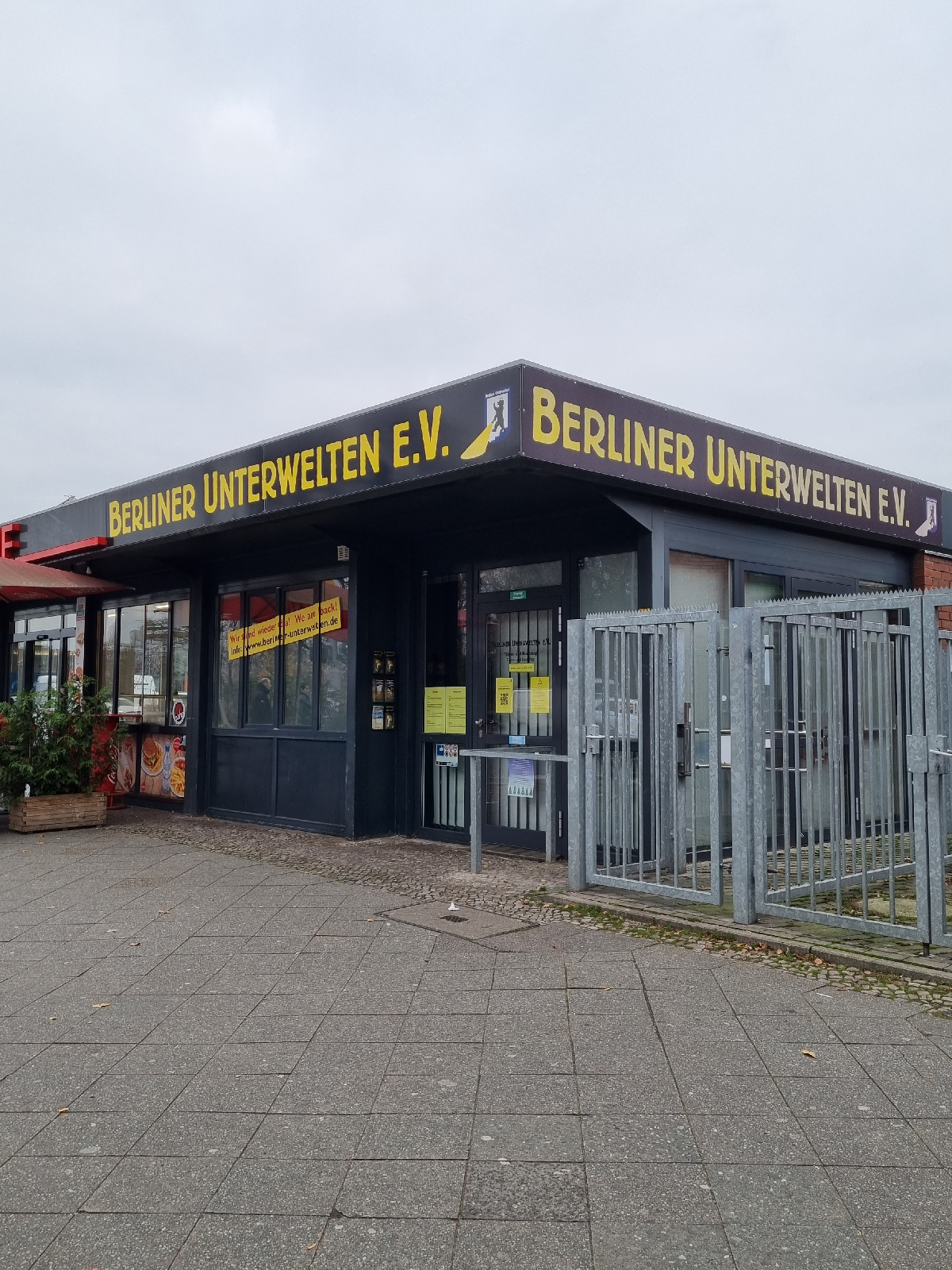The tour brings you into one of the oldest and well preserved air raid shelter used during the World War II, when Berlin was a key target for allied bombing raids.
Located in the compound of the Gesundbrunnen Subway Station, we were led through a number of rooms, to understand how civilians survived through the over 300 bombs that were released in the city.
We were told that even till this day, bombs are still found - the guide mentioned about how a kid in the recent weeks had found a hand grenade and brought it home, thankfully with no one injured.
Covering about 1,500 sqm, we only managed to see a fraction of the shelter, including some holding rooms, the female toilet and how some rooms were covered with luminous paint to help with providing some light during the numerous black outs in the air raid shelter.
With trains still in operation through this station, whenever the trains run underground or overhead (depending on where we were), we were able to get a simulation (not exact, but probably a milder version) of how it may had sounded like with all the planes flying and bombs dropping overhead, while civilians took shelter in this particular air shelter.
We were however told that from an engineering point of view, this particular air raid shelter is not structurally solid enough to withstand a direct bomb hit, due to the rush nature and make shift spaces that were used to build these shelters.
The guide ended the tour with a sharing of the sewage system in Berlin, and about how it was built in the 19th century, with a target of supporting 7 million citizens. Presently Berlin only has about 4 million in population, and as a result, there isn't enough liquid to wash the discharge out into sea, resulting in some unpleasant smells especially during the summer.
She also shared about a pneumatic dispatch system that was built in the 19th century that was used to deliver messages across one side of the city to another, especially in a time when telephones are still not much in existence. Apparently, the system was still used up to the 1970s.
The guide was extremely informative, and helped with painting a vivid picture of living during the period of World War II and how women continued to squeeze in the shelters after the war to prevent getting raped by the Red Army, as well as how the city rubble was cleared by the women (since all the men had been conscripted to war) and how they helped with rebuilding it. She also shared how there are about 14 different rubble sites, the nearest being just across the street when a flak tower got bombed.
So after the tour, I popped over to have a look at the flak tower (which were used by the German army to shoot aircrafts or get a high vantage point back in WWII).
Great views could be had here.











No comments:
Post a Comment